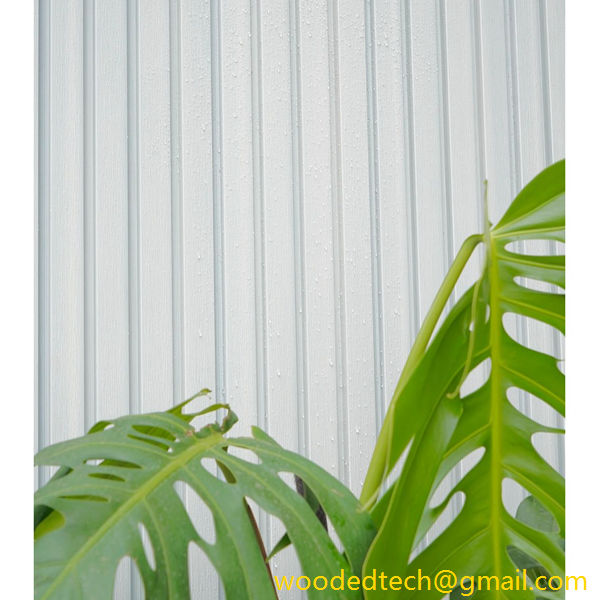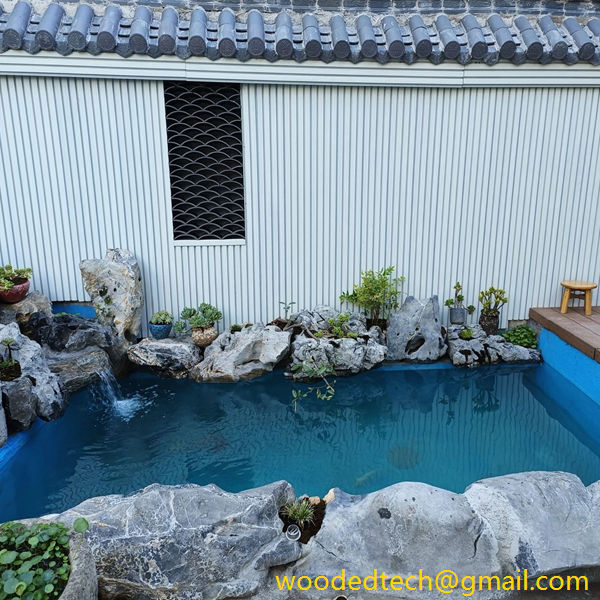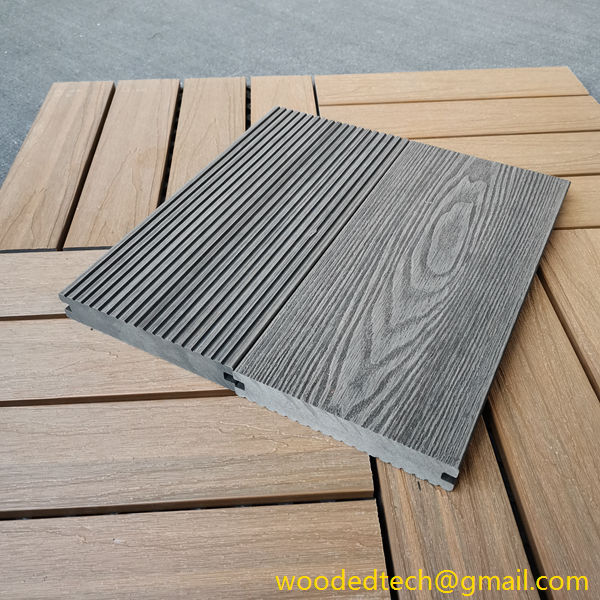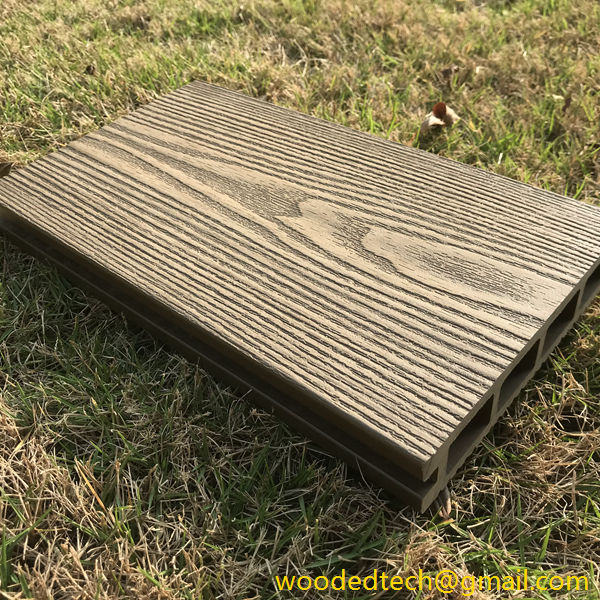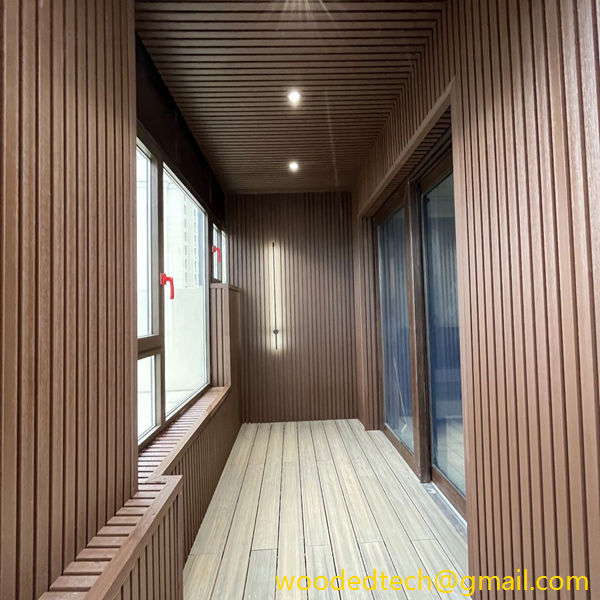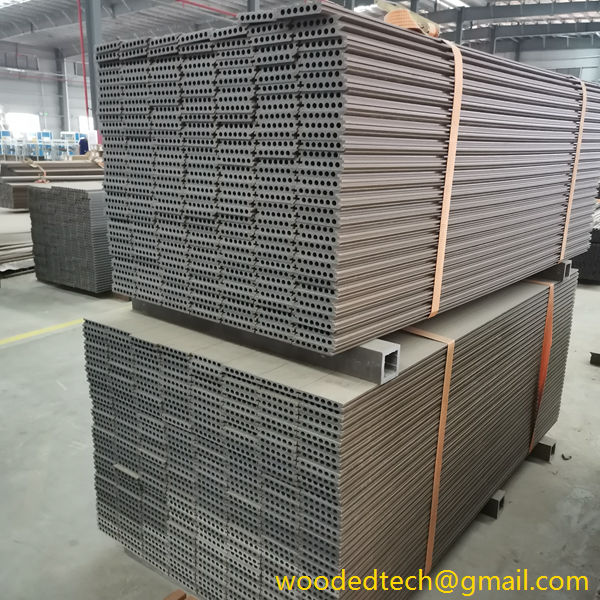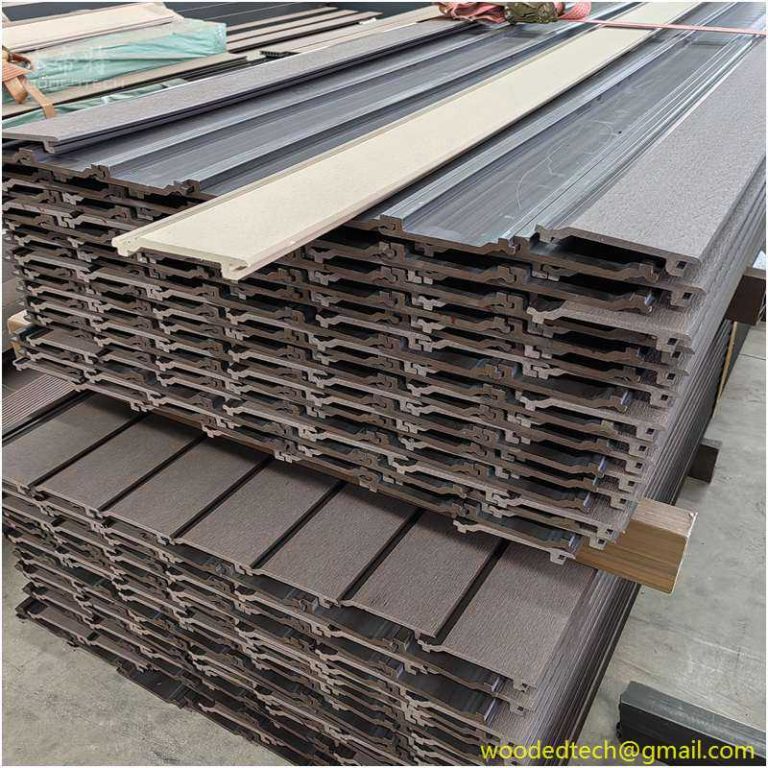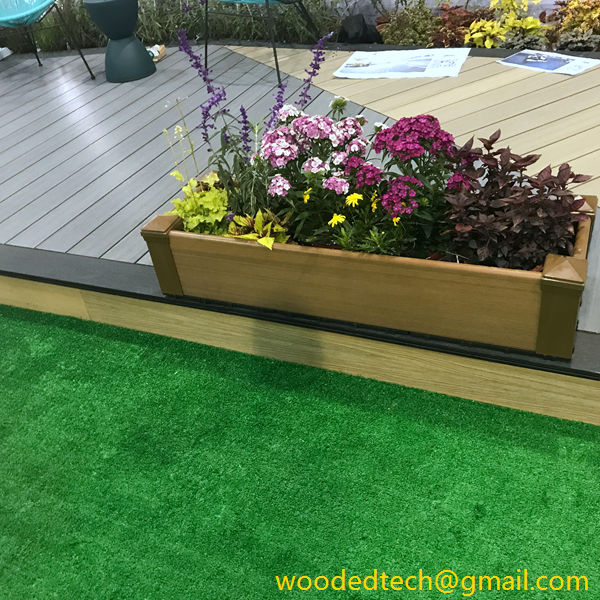白いWPCの壁パネル:白いWPCの壁パネルとのあなたのスペースを明るくしなさい
白いWPCの壁パネル:白いWPC壁パネルで空間を明るく インテリアデザインと建築の領域では、使用される材料が美学と機能性を定義する上で極めて重要な役割を果たします。近年登場した革新的な素材の中でも、特に壁パネルという形で使用されているのがウッドプラスチックコンポジット(WPC)です。ホワイト...
白いWPCの壁パネル:白いWPCの壁パネルとのあなたのスペースを明るくしなさい
In the realm of interior design and construction, the materials used play a pivotal role in defining aesthetics and functionality. Among the innovative materials that have emerged in recent years are Wood Plastic Composites (WPC), particularly in the form of wall panels. White WPC wall panels have gained popularity not only for their aesthetic appeal but also for their practical advantages. This article delves into the characteristics of white WPC wall panels, their benefits, and the global distribution of production capacity for this versatile material.
WPC is a composite material made from a combination of wood fibers and thermoplastics, which results in a product that boasts the advantages of both wood and plastic. The use of white WPC wall panels can transform any space, adding a touch of elegance and brightness that enhances the overall ambiance. The clean, crisp look of white panels can make rooms appear larger and more inviting, which is particularly beneficial in smaller spaces or areas lacking natural light.
One of the primary benefits of white WPC wall panels is their durability. Unlike traditional wood, WPC is resistant to moisture, corrosion, and pests, making it an ideal choice for various environments, including kitchens, bathrooms, and even outdoor spaces. This durability means that white WPC wall panels can maintain their appearance and structural integrity over time, reducing the need for frequent maintenance or replacement. Moreover, the surface of WPC panels is easy to clean, requiring only mild soap and water, which makes them a practical choice for modern households.
Additionally, white WPC wall panels are an environmentally friendly option. The wood fibers used in WPC are often sourced from recycled materials, and the production process results in lower emissions compared to traditional wood manufacturing. This aspect appeals to environmentally conscious consumers who are looking to reduce their carbon footprint while still achieving beautiful interiors.
The versatility of white WPC wall panels extends beyond their application in interior design. These panels can be used in a variety of settings, including residential homes, commercial buildings, and even public spaces. They can serve as wall coverings, decorative elements, or even acoustic panels, helping to reduce noise in busy environments. The adaptability of WPC allows designers and architects to explore creative solutions for their projects, making it a favored material in contemporary design.
From a production capacity perspective, the global market for WPC has seen significant growth in recent years. As awareness of sustainable building materials increases, more manufacturers are investing in WPC production facilities. Countries such as China, the United States, and Germany are at the forefront of WPC production, capitalizing on their advanced manufacturing technologies and abundant raw materials. In China, for instance, the government has promoted the use of WPC as part of its commitment to sustainable development, leading to an increase in production capacity and exports.
The distribution of WPC production capacity is not limited to these leading countries. Emerging markets in Southeast Asia, such as Indonesia and Vietnam, are also beginning to establish themselves as key players in the WPC industry. The availability of raw materials, coupled with lower labor costs, has made these countries attractive for WPC manufacturing. As a result, we can expect to see a diversification of supply chains and increased competitiveness in the global WPC market.
Furthermore, the growing demand for WPC products in regions like Europe and North America is driving innovation in manufacturing processes. Companies are focusing on developing new formulations that enhance the performance of WPC, such as improving UV resistance and color retention. These advancements not only contribute to the longevity of the panels but also expand the range of design options available to consumers.
In addition to advancements in production technologies, the rise of e-commerce has transformed the way WPC wall panels are marketed and sold. Consumers can now access a wide variety of products online, allowing them to compare options and make informed decisions from the comfort of their homes. This shift in consumer behavior has encouraged manufacturers to adopt online sales strategies, further expanding their reach in the global market.
Moreover, the integration of smart technologies into home design is influencing the development of WPC wall panels. Manufacturers are exploring the incorporation of features such as smart sensors that can monitor humidity levels or interactive lighting systems that enhance the aesthetic appeal of the panels. These innovations align with the growing trend of smart homes and create new opportunities for WPC products in the market.
As the global production capacity for white WPC wall panels continues to expand, consumers can expect a broader selection of products that cater to various tastes and preferences. The combination of aesthetic appeal, durability, and environmental benefits makes white WPC wall panels a compelling choice for anyone looking to enhance their living or working space.
In conclusion, white WPC wall panels represent a blend of functionality and style that can brighten any space. Their growing popularity is supported by a robust global production capacity that spans multiple regions, with ongoing innovations that promise to enhance their appeal further. Whether for residential or commercial use, the versatility and sustainability of white WPC wall panels make them an excellent choice for modern interiors. As the industry evolves, consumers can look forward to even more exciting developments in this dynamic segment of the construction and design market.

